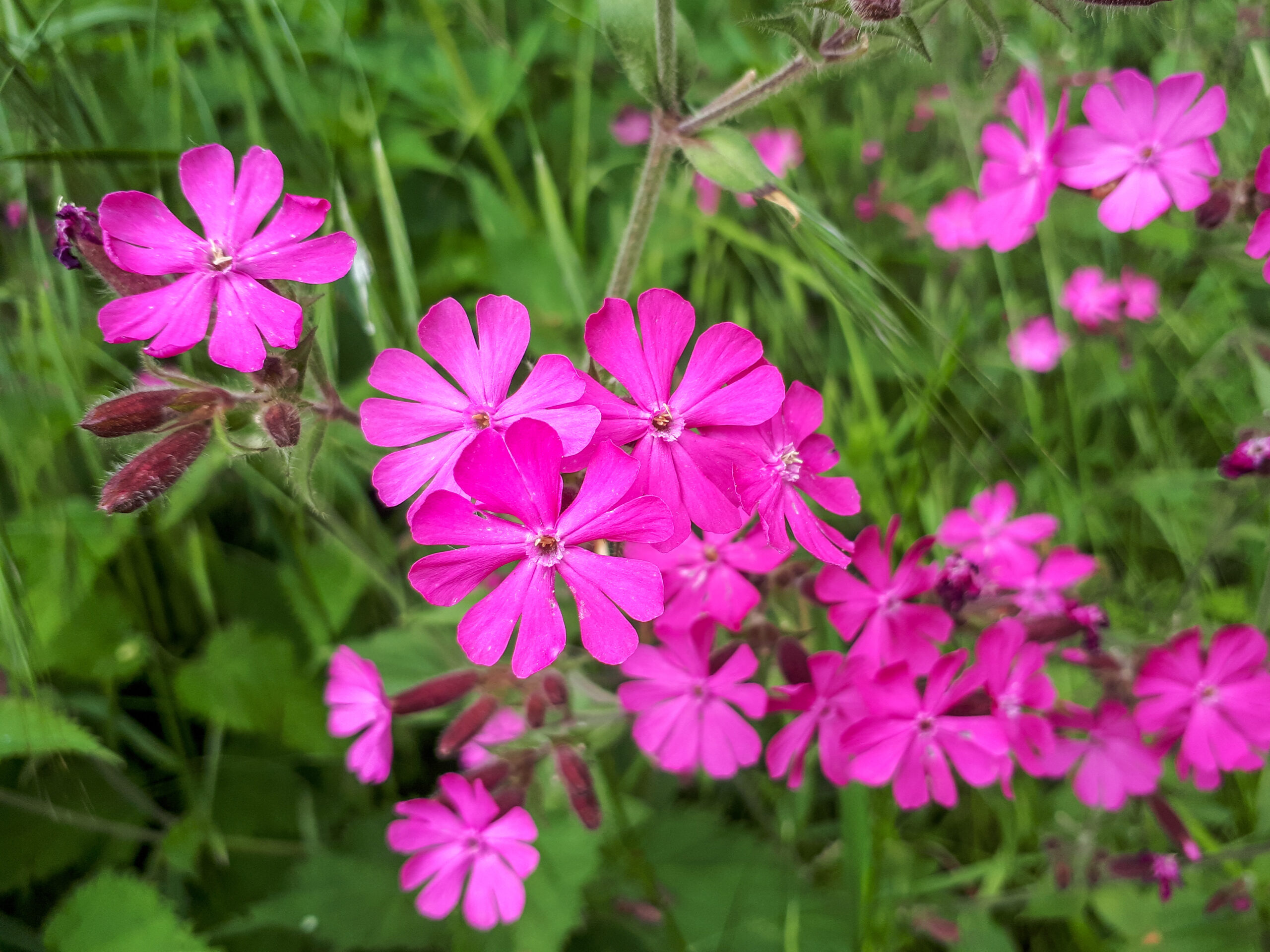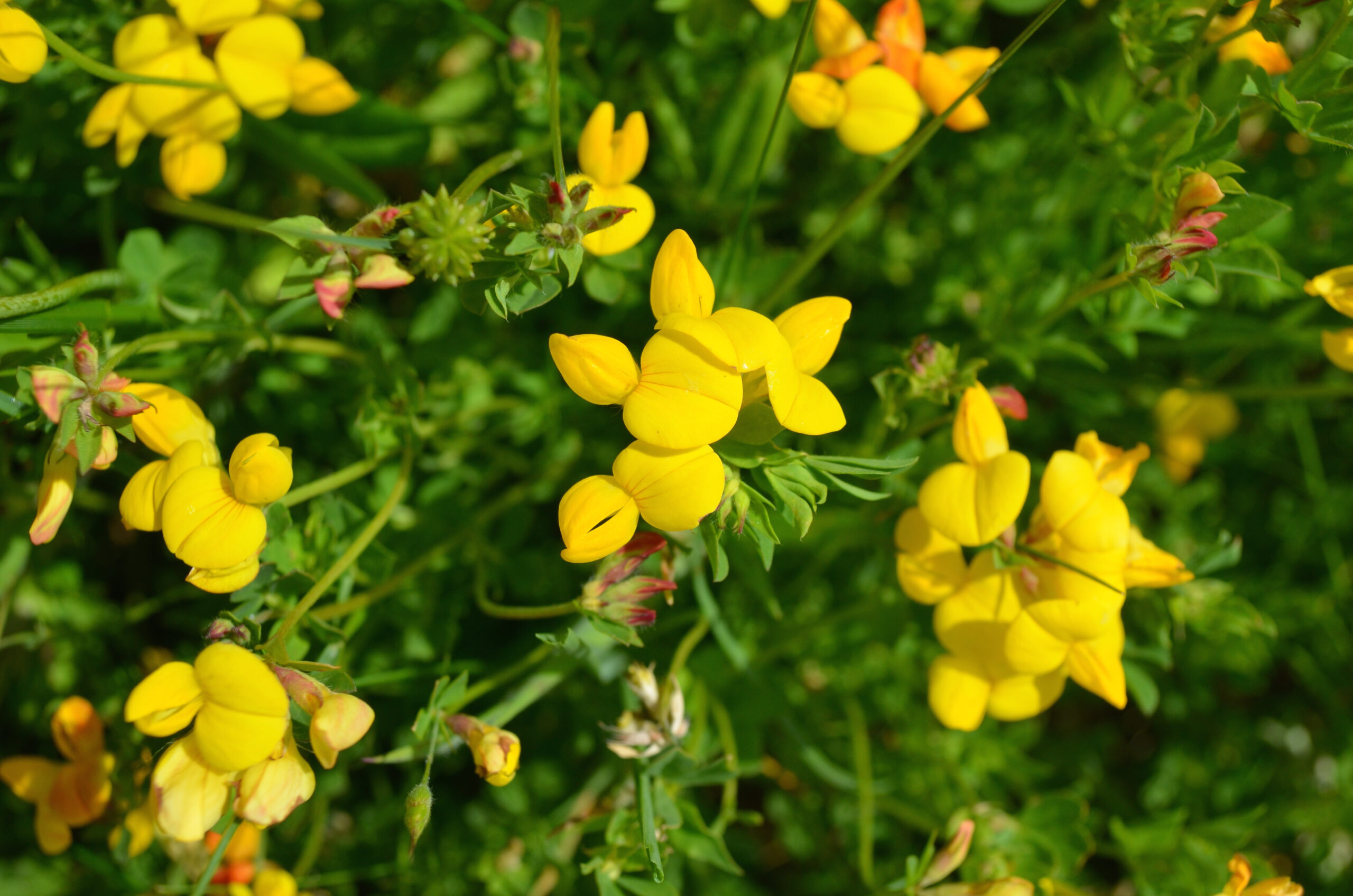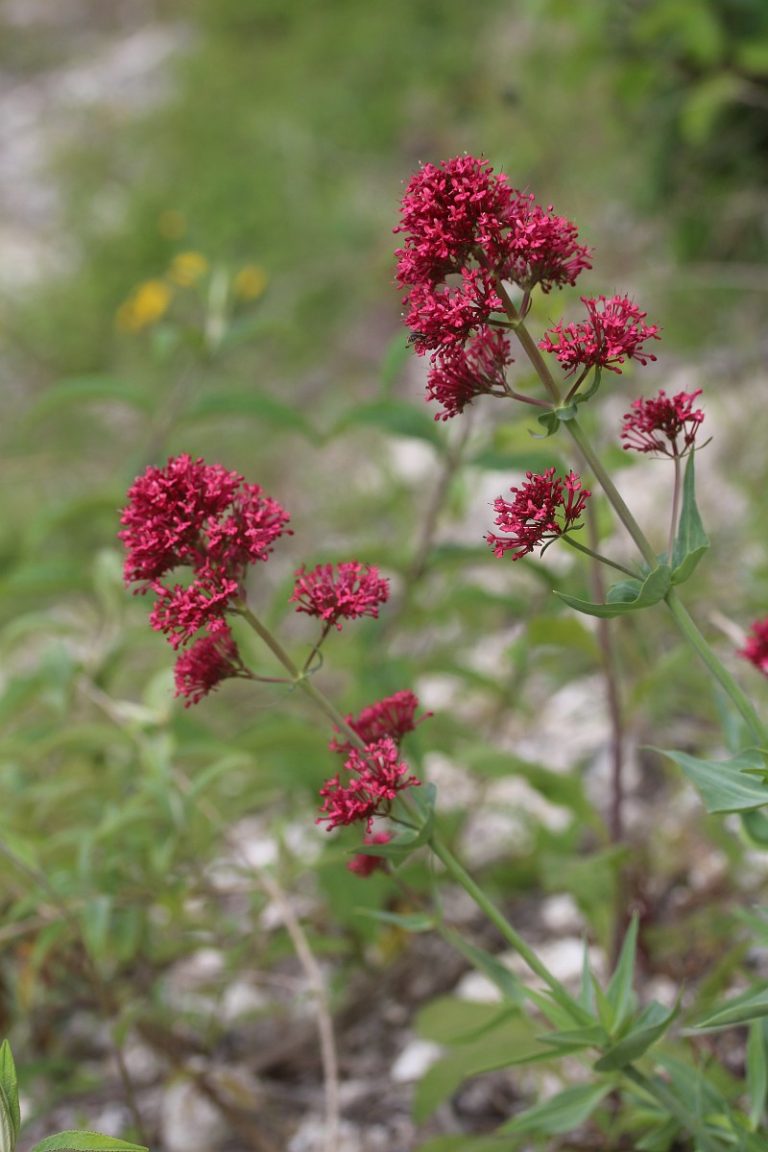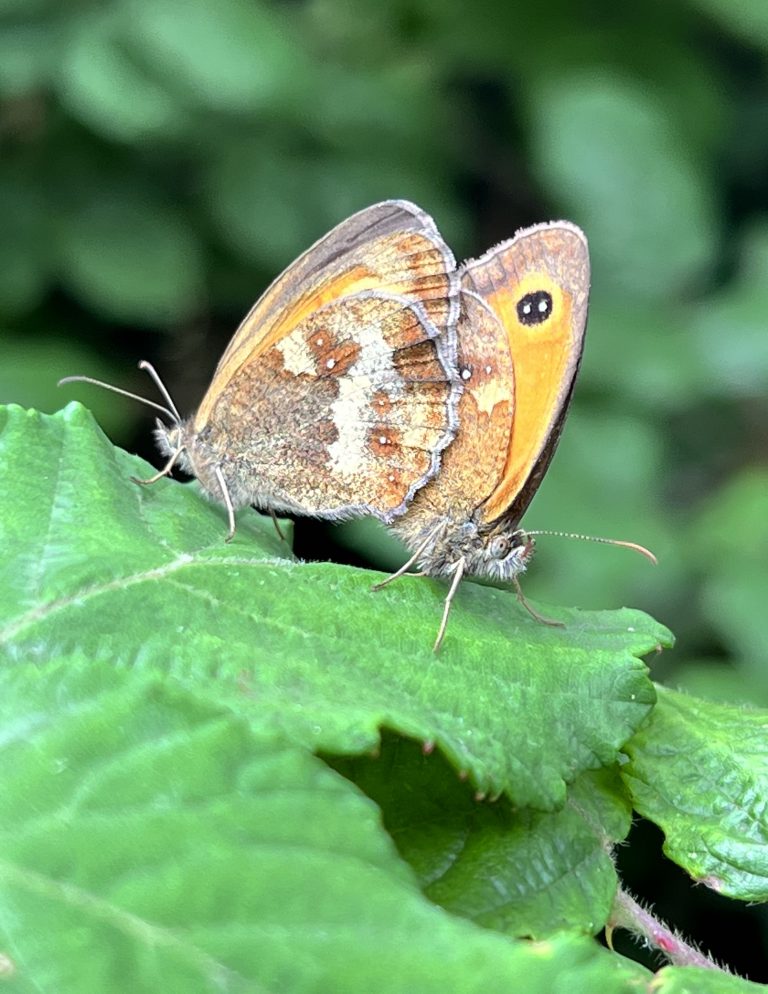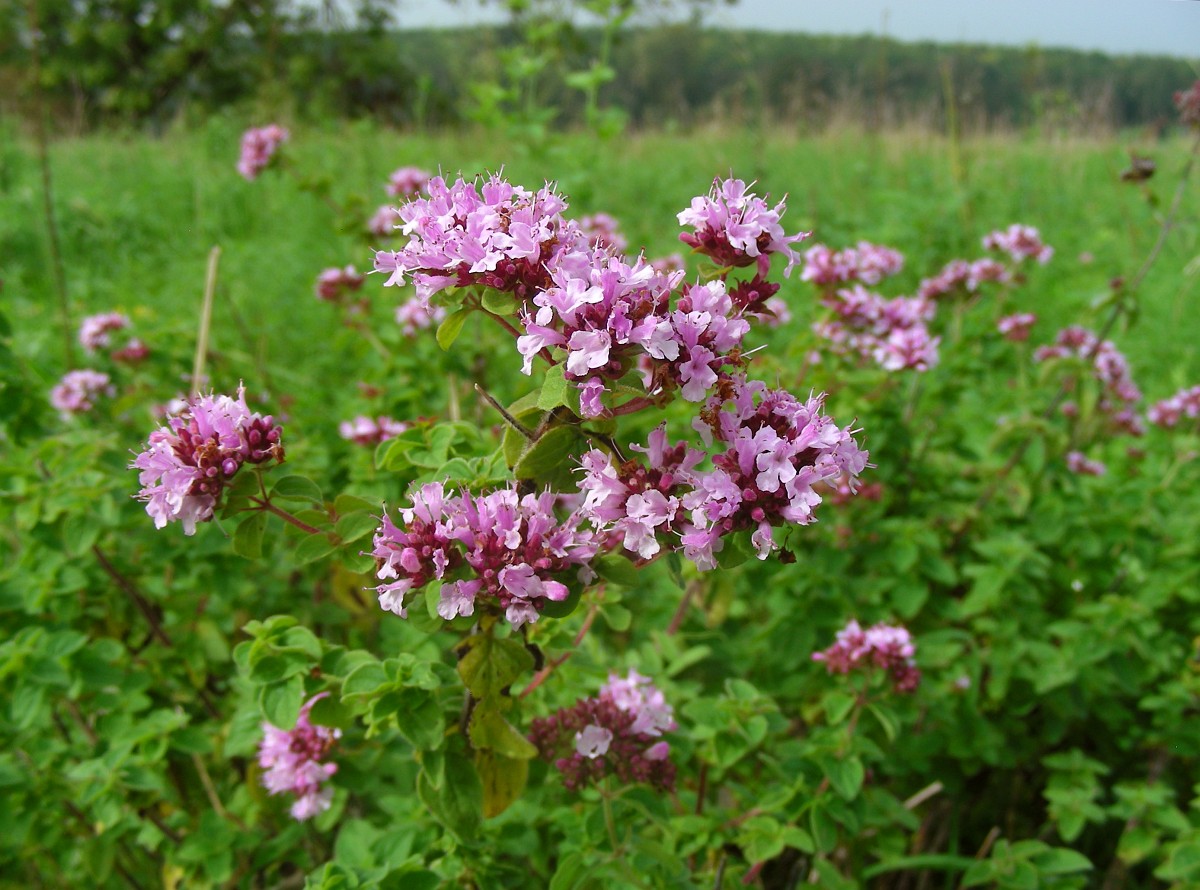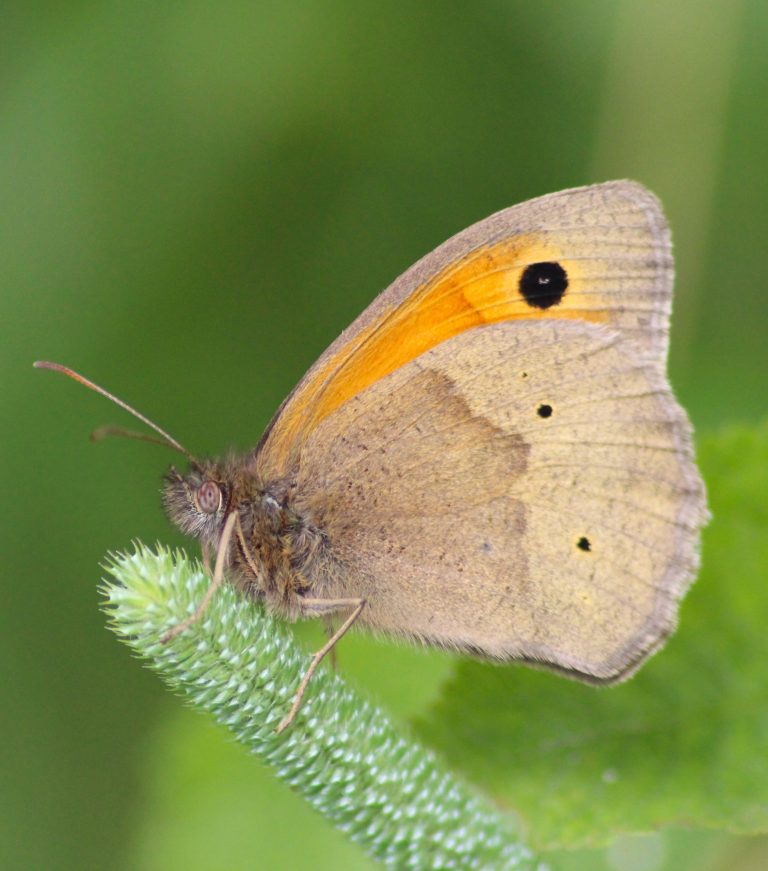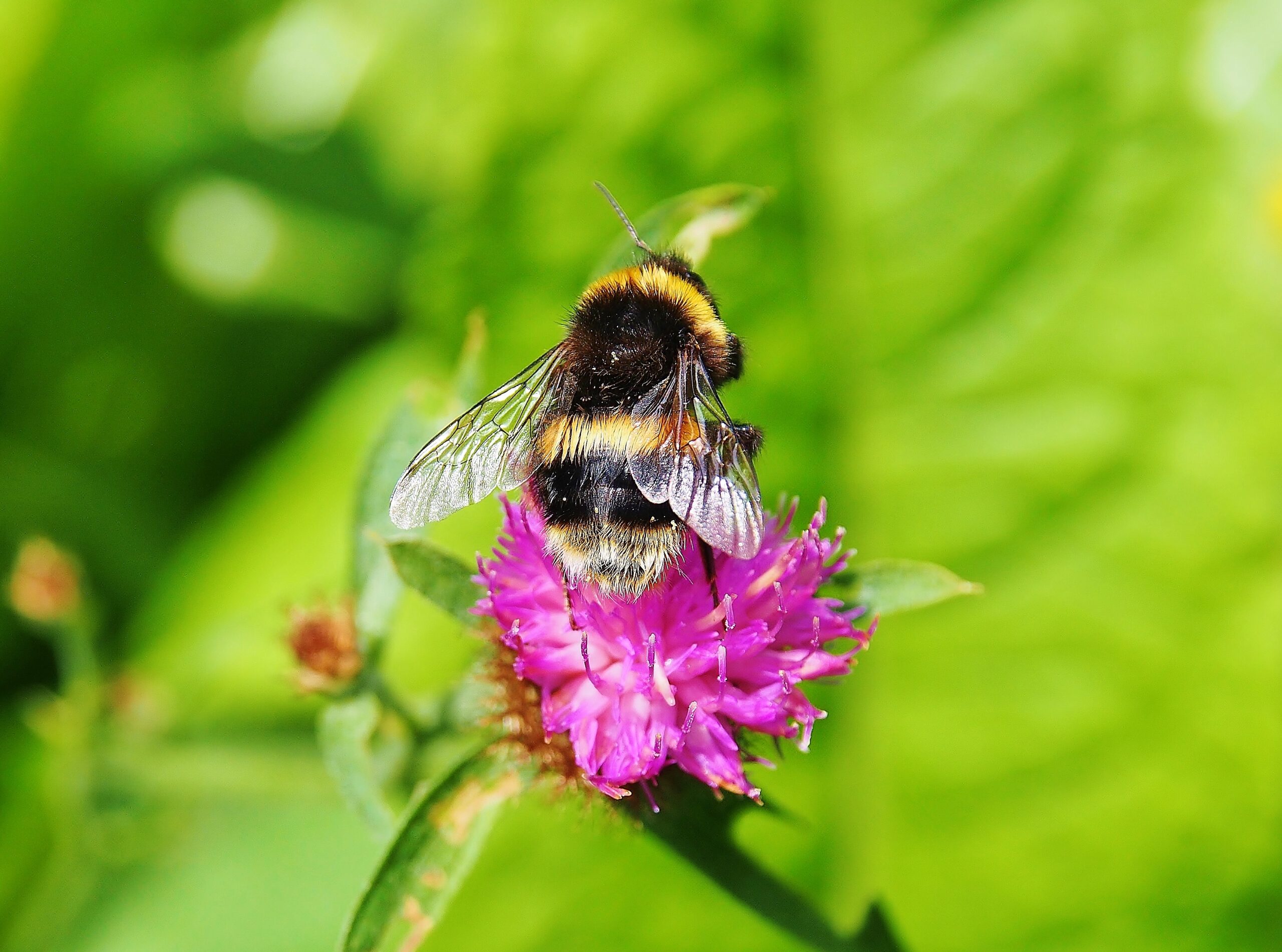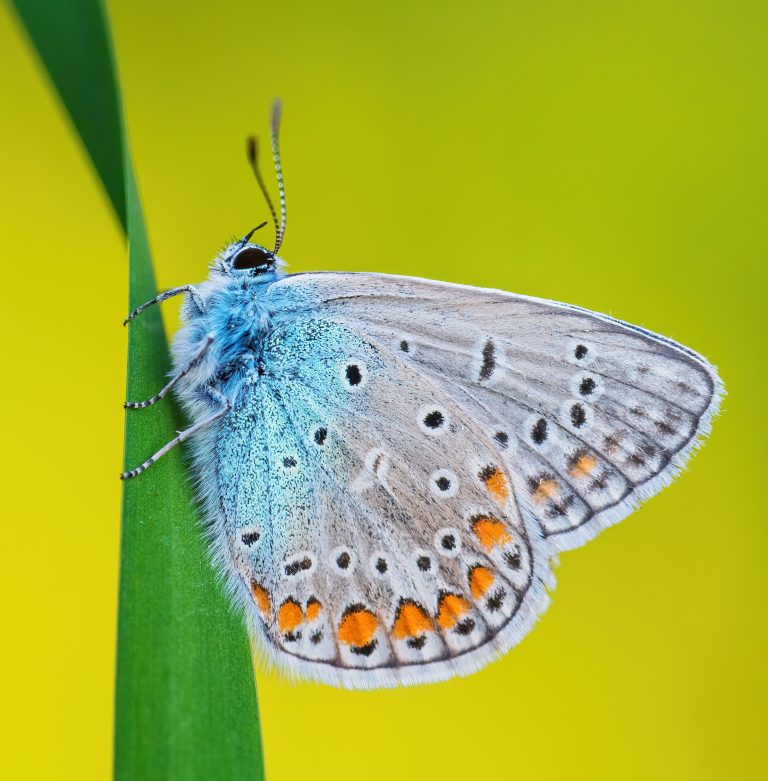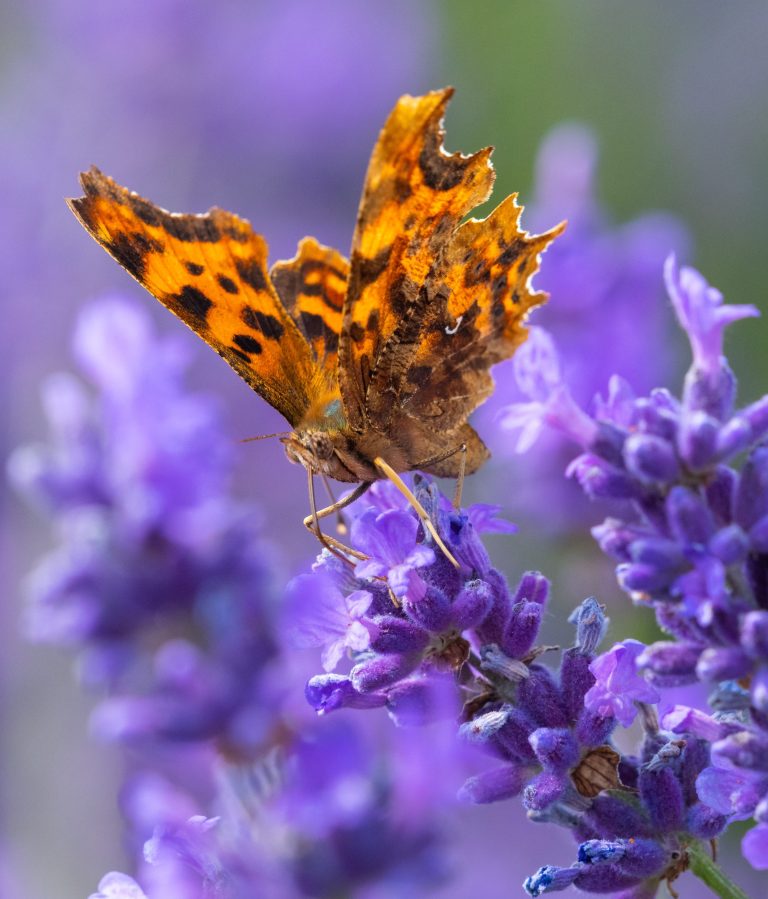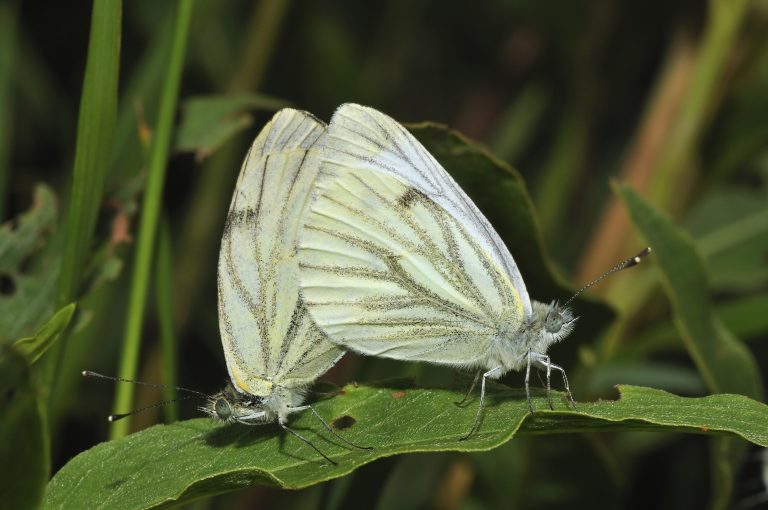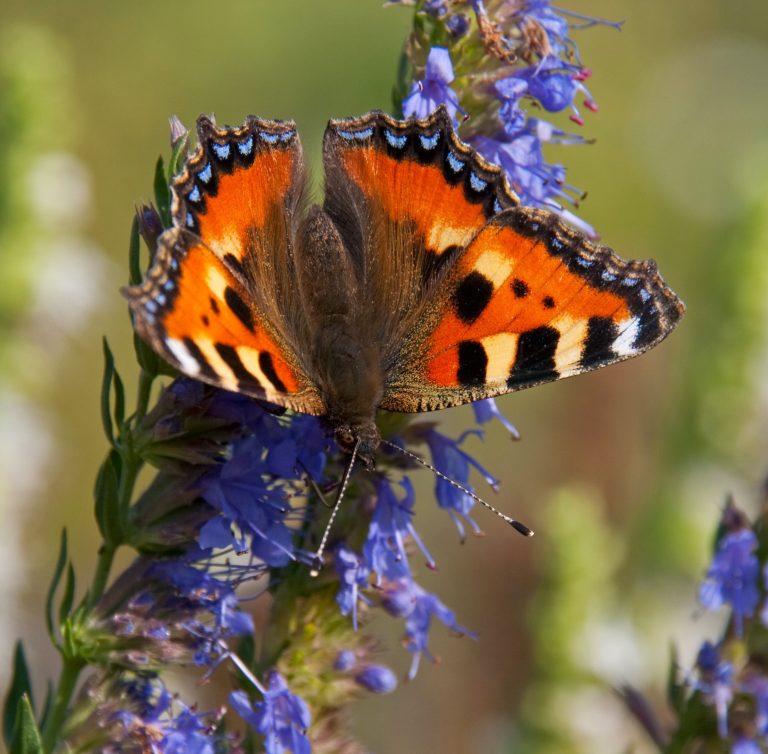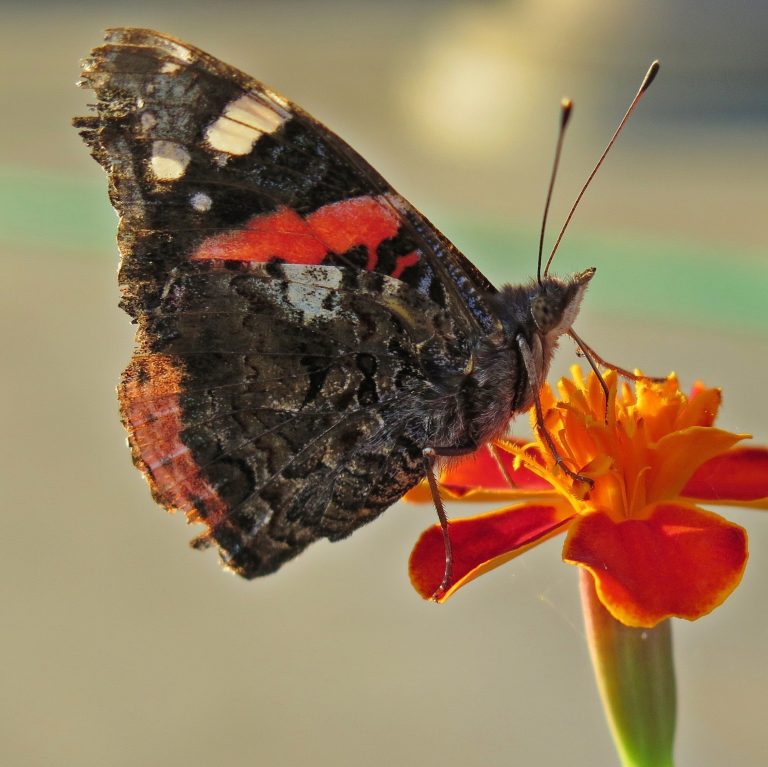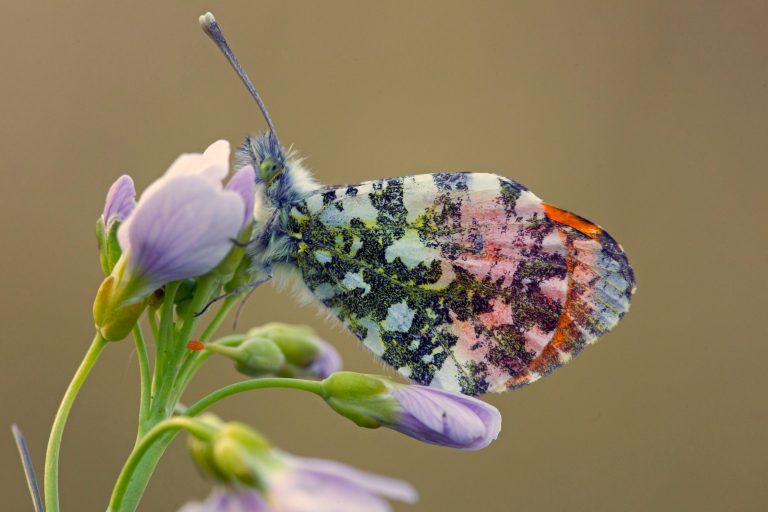Joel’s Brimstone Butterfly Pack – WYG Special
3 Pack - 1 x Primrose, 1 x Red Campion, 1 x Birds-foot Trefoil
5 Pack - 1 x Primrose, 2 x Red Campion, 2 x Birds-foot Trefoil
7 Pack - 2 x Primrose, 3 x Red Campion, 2 x Birds-foot Trefoil
From £14.95
For a little more information on each of Joel’s recommended species, please read as follows…
Primrose
A universal favourite. Scented pale yellow flowers with a deep yellow eye. Looks excellent grown with purple and white violets. The common name is primrose, or occasionally common primrose or English primrose. In appropriate conditions, the wild primrose can cover the ground in open woods and shaded hedgerows. It is found mainly by streams, under bushes, in orchards and clear, moist deciduous forests. Occasionally it also appears in meadows. Both flowers and leaves are edible, the flavour ranging between mild lettuce and more bitter salad greens. The leaves can be cooked in soup but preferably with other plants because they are sometimes a little strong. The leaves can also be used for tea, and the young flowers can be made into primrose wine.
Red Campion
Can also be known as Red Catchfly, a plant which can grow to around 1m tall, red campion fills woodlands and roadside verges with a warming dash of pink colour during the spring and summer. A lovely specimen to also brighten hedgerows, meadows and shady spots in the garden. Bright rose-pink flowers.
Birdsfoot Trefoil
Eggs and Bacon’ Lovely clusters of yellow/orange pea-like flowers. The name ‘bird’s foot’ refers to the appearance of the seed pods on their stalk. The flowers are used mainly as a sedative and for other aspects of the nervous and cardiac systems. They have an antispasmodic effect on the digestive tract. In the Sannio region, Italy, the diluted infusions were used to calm anxiety, insomnia and exhaustion
Additional information
You May Also Like
Subscribe to our mailing list
Enter your email address to sign up to our newsletter and receive a code for 5% off your first order!
Minimum spend and exclusions apply.



